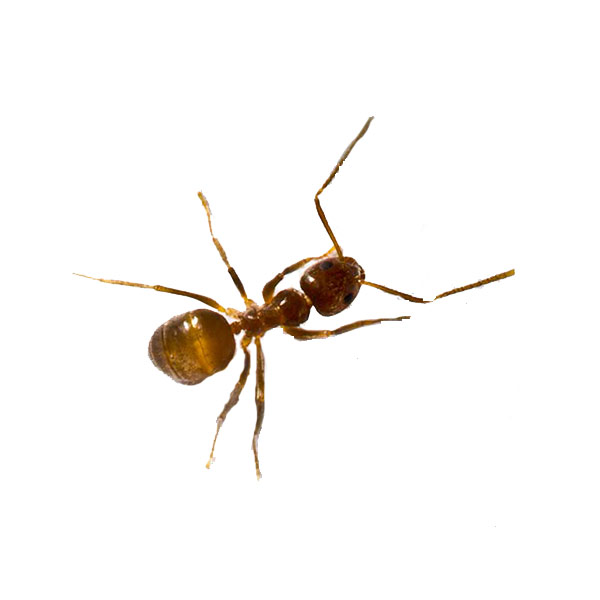Nature is brimming with an astounding array of creatures, each with its own unique characteristics and behaviors. Among these fascinating organisms, Tawny Crazy Ants (Nylanderia fulva) stand out as both remarkable and notorious. With their peculiar habits and incredible adaptability, these ants have managed to capture the attention of researchers, enthusiasts, and even the general public. In this article, we’ll delve into the captivating world of Tawny Crazy Ants, exploring their origins, behaviors, and ecological impact.
Origins and Distribution
Tawny Crazy Ants, often referred to simply as “crazy ants,” are native to South America, specifically Argentina and Brazil. However, their incredible ability to spread has led to their introduction and establishment in various parts of the world, including the southern United States, parts of Asia, and even some islands in the Pacific. Their adaptable nature and propensity for hitchhiking on goods and materials have greatly aided their global dispersion.

Characteristics and Identification
What sets Tawny Crazy Ants apart is their distinctive appearance and behavior. These ants are small, measuring only about 1/8 inch in length. They possess a tawny or reddish-brown color, which is the source of their common name. Unlike other ant species, Tawny Crazy Ants lack a stinger, relying instead on their ability to spray formic acid as a defense mechanism.
Crazy Behavior
Perhaps the most captivating aspect of Tawny Crazy Ants is their erratic and seemingly “crazy” behavior, which earned them their common nickname. They exhibit rapid and unpredictable movements, making them appear as if they are running in chaotic patterns. This behavior is believed to be an adaptation that confuses predators and competing ants.
Tawny Crazy Ants are known for forming massive colonies that can contain millions of individuals. These colonies often lack centralized nests, spreading out across large areas and nesting in various locations. This behavior can make their eradication particularly challenging.
Ecological Impact
While Tawny Crazy Ants’ behavior is fascinating, it has also raised concerns due to their potential impact on ecosystems. Their rapid spread can outcompete native ant species and disrupt the delicate balance of local ecosystems. Additionally, these ants have been known to feed on a wide range of food sources, including insects, small vertebrates, and plant material, which further affects local food chains.
Tawny Crazy Ants have also been found to have an affinity for electrical equipment. They can infest electronics and create short circuits by chewing through wires and causing damage, leading to potential problems in homes and industrial settings.
Managing Crazy Ant Infestations
Dealing with Tawny Crazy Ant infestations can be a daunting task due to their sprawling colonies and adaptable nature. Traditional ant control methods often prove ineffective. Integrated pest management strategies that incorporate a combination of chemical treatments, physical barriers, and environmental modifications are being explored to manage these infestations.
Schedule Free Inspection
Conclusion
Tawny Crazy Ants offer us a glimpse into the remarkable diversity of life on our planet. Their unique behaviors and widespread distribution remind us of the complex interactions within ecosystems and the challenges posed by invasive species. As scientists continue to study these ants and develop effective management strategies, we can better appreciate the delicate balance of nature and the need to preserve it for future generations.
Arrow Termite and Pest Control serves Louisiana, Mississippi, and Texas with sister companies in Alabama and Florida. The company is still a family owned-business with the same core values as its origins. The Cohn family and Arrow Termite and Pest Control are active participants in several charitable organizations in the communities they service and believe in supporting those communities that have supported their business for so many years.
Buy Pest Control and Mosquito Treatment Plans Online Now!
Check Out Our Blog
Arrow Termite & Pest Control

